Tunisia may not be at the top of your list of places to visit on your next holiday. However, this North African jewel provides cultural experiences to rival more visited destinations. With ancient Roman sites and colorful desert festivals, Tunisia’s rich cultural heritage provides an unusual setting for travelers looking for genuine experiences away from the usual.
These are the 20 surprises of Tunisia that will shift how you view this amazing country.
Cave Dwellings of Matmata
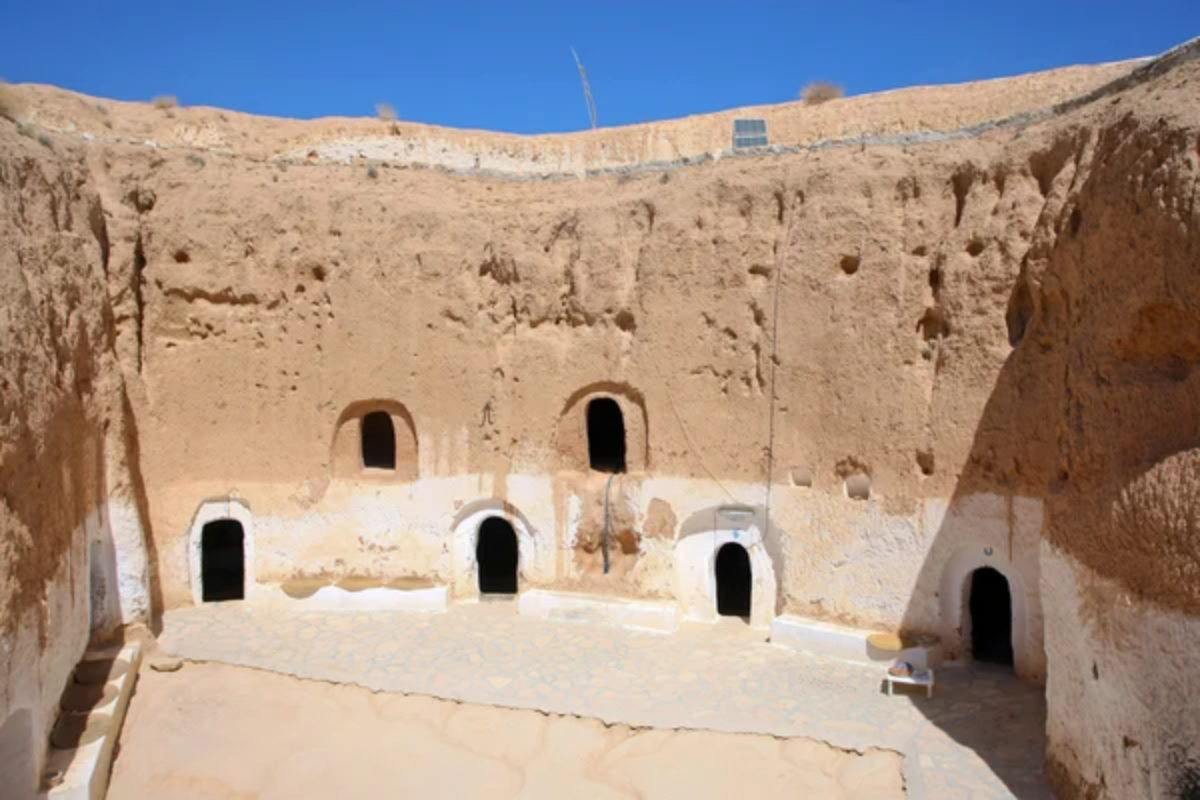
Matmata’s subterranean homes are not just architectural oddities—they’re fully functional houses where Berber families have lived for centuries. The cave-like structures maintain a temperature of around 68°F year-round, naturally air-conditioned in a region where summer temperatures frequently reach over 100°F.
You might be familiar with these distinctive honeycomb-patterned homes from their appearance in the first Star Wars films as Luke Skywalker’s childhood home.
Traditional Hammams
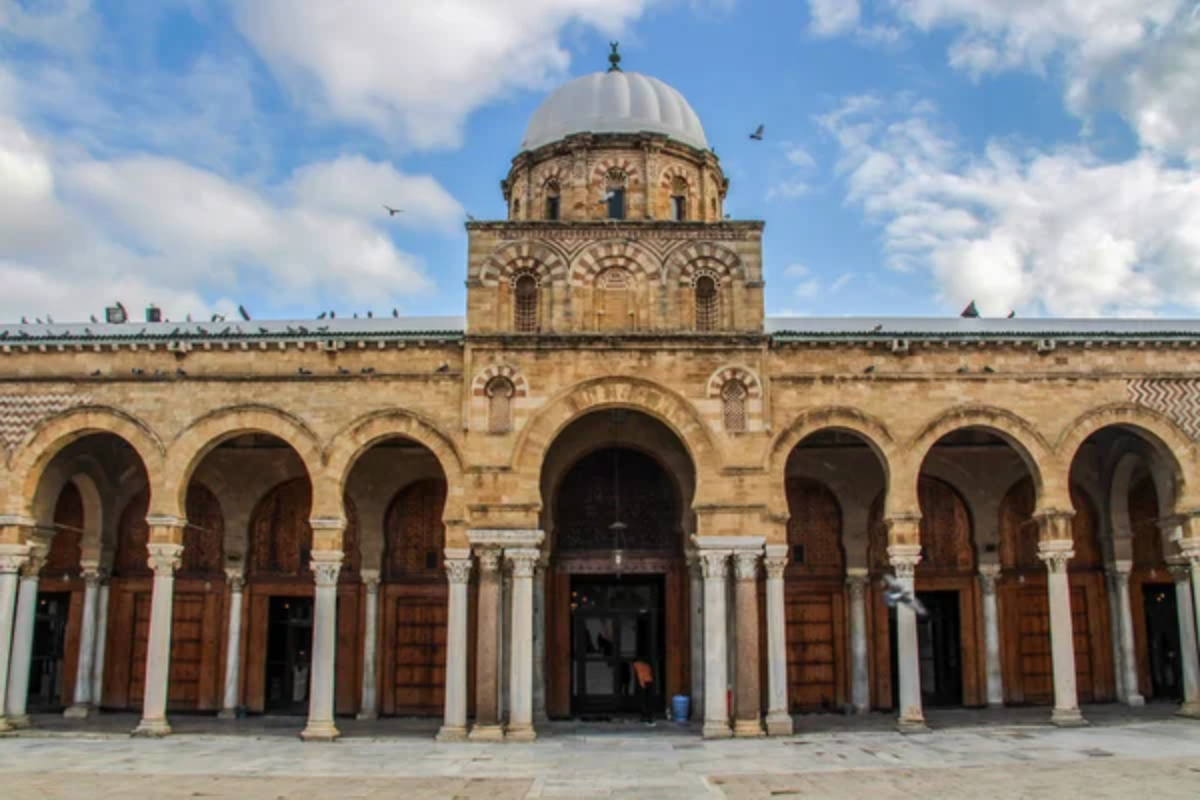
Tunisian hammams are not only a bathing experience but also an insight into centuries of social tradition. The process is one of passing through rooms of increasing heat and bracing scrubbing with a specially designed exfoliating glove called a ‘kessa.’
Hundreds of daily visitors are served by locals on a weekly basis, with the ritual a physical and spiritual necessity for cleansing. Men’s and women’s facilities serve as important social meeting grounds.
Like Travel Pug’s content? Follow us on MSN.
Olive Harvesting Festivals
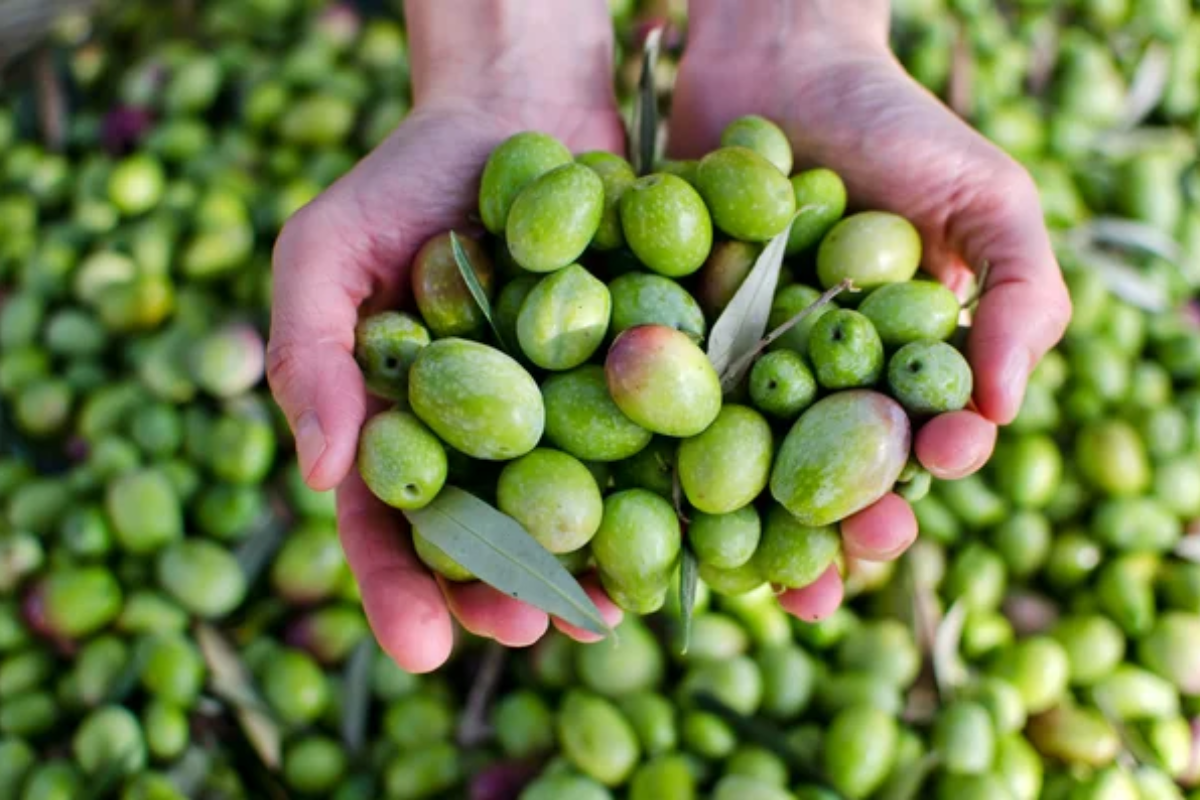
Tunisia ranks among the world’s top olive oil producers, and the annual harvest transforms into vibrant community celebrations across the countryside. Families gather to hand-pick olives using traditional methods, often singing harvest songs passed down through generations.
Visitors can join local families in the fields, learn traditional harvesting techniques, and sample freshly pressed oil vastly superior to anything in supermarkets.
Berber Carpet Weaving
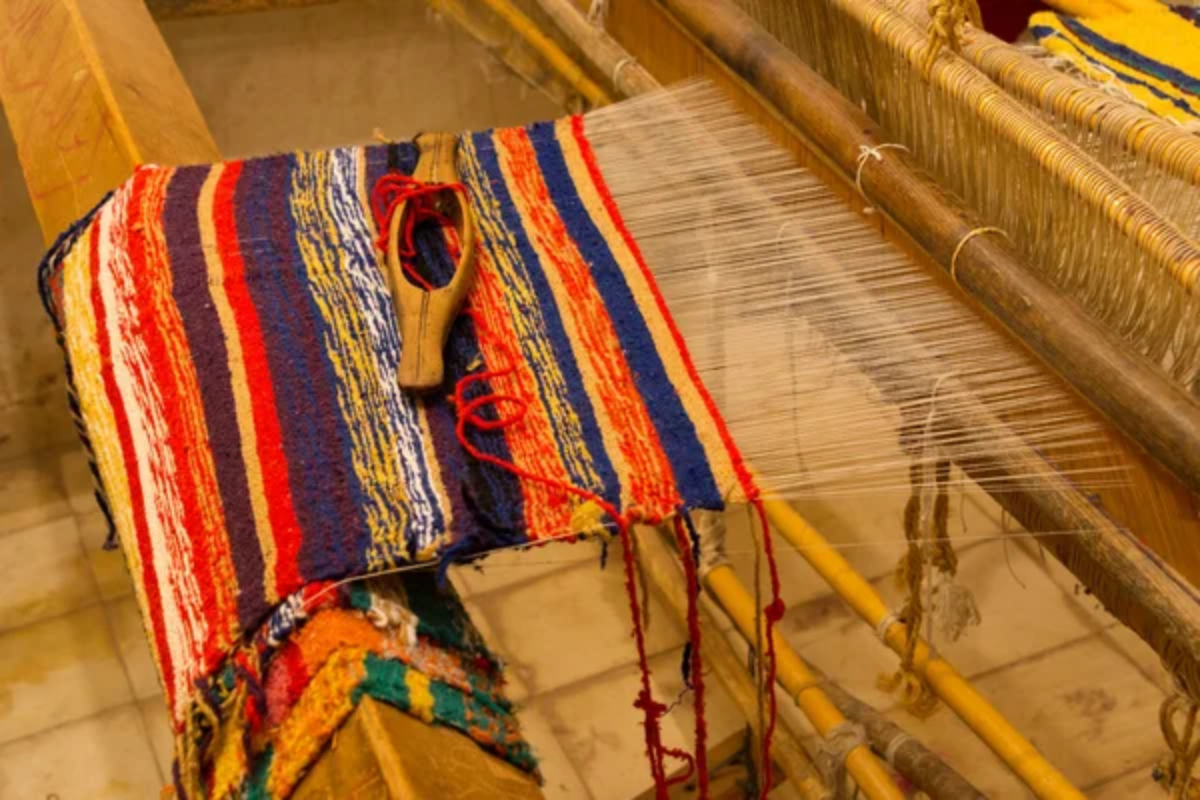
Berber women have perfected the art of carpet weaving through countless generations, creating geometric patterns that tell stories of tribal history and personal experiences. Each region produces distinctive styles, with artisans using natural dyes extracted from local plants and insects to create vibrant colors that retain their brilliance for decades.
The rhythmic sound of the loom serves as the heartbeat of many rural households, where a single carpet might represent months of dedicated craftsmanship.
Sahara Ksour Routes
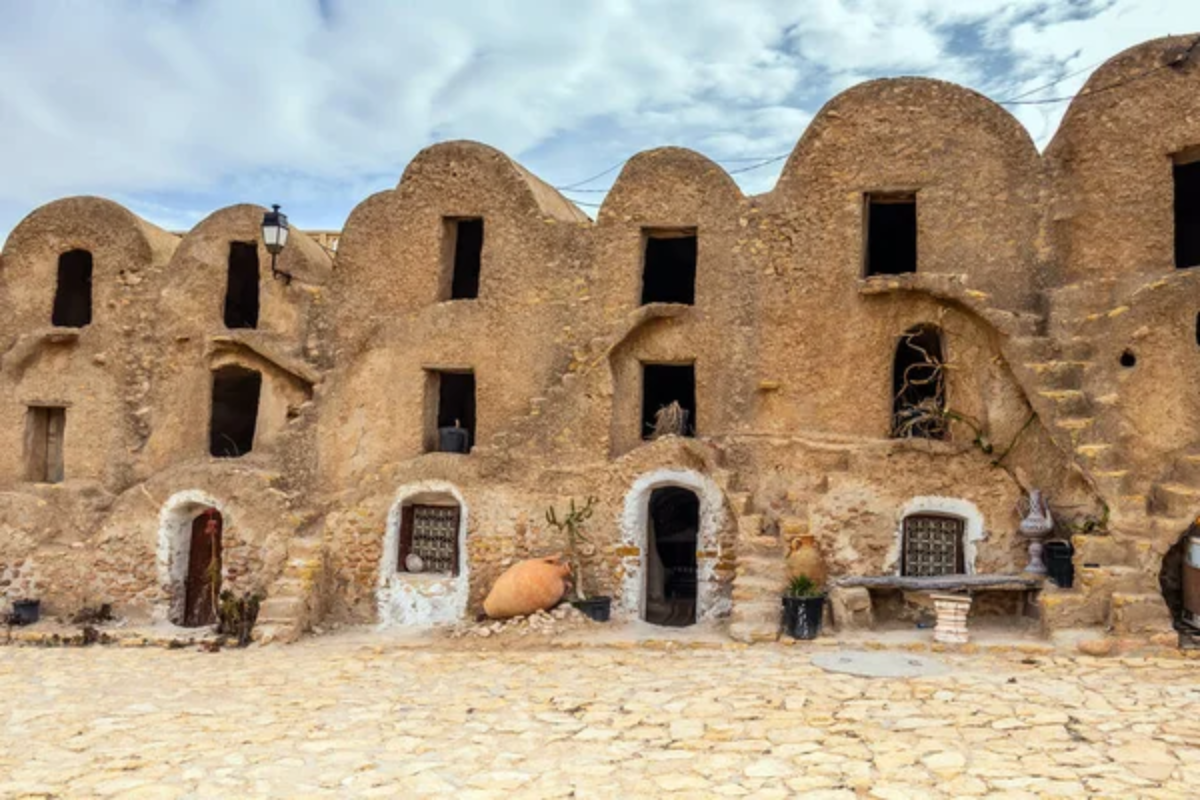
The ancient fortified granaries known as ‘ksour’ stand as a testament to the ingenuity of desert dwellers who created these communal storage facilities to protect precious food supplies. These multi-story structures feature hundreds of small locked chambers where families could safely store grain and olive oil away from raiders and the harsh elements.
Many ksour have been continuously used for over 500 years, and some families still maintain the same storage chambers their ancestors used generations ago.
Like Travel Pug’s content? Follow us on MSN.
Blue Door Symbolism

Sidi Bou Said’s iconic blue doors aren’t just Instagram-worthy photo opportunities—they represent deep cultural symbolism dating back centuries. The specific shade, often called ‘Sidi Bou Said blue,’ was traditionally believed to ward off evil spirits and bring good fortune to the household.
Many doors feature intricate metal studs arranged in geometric patterns that once indicated the occupation or status of the home’s owner, creating a visual language that locals could easily interpret.
Date Palm Oasis Life
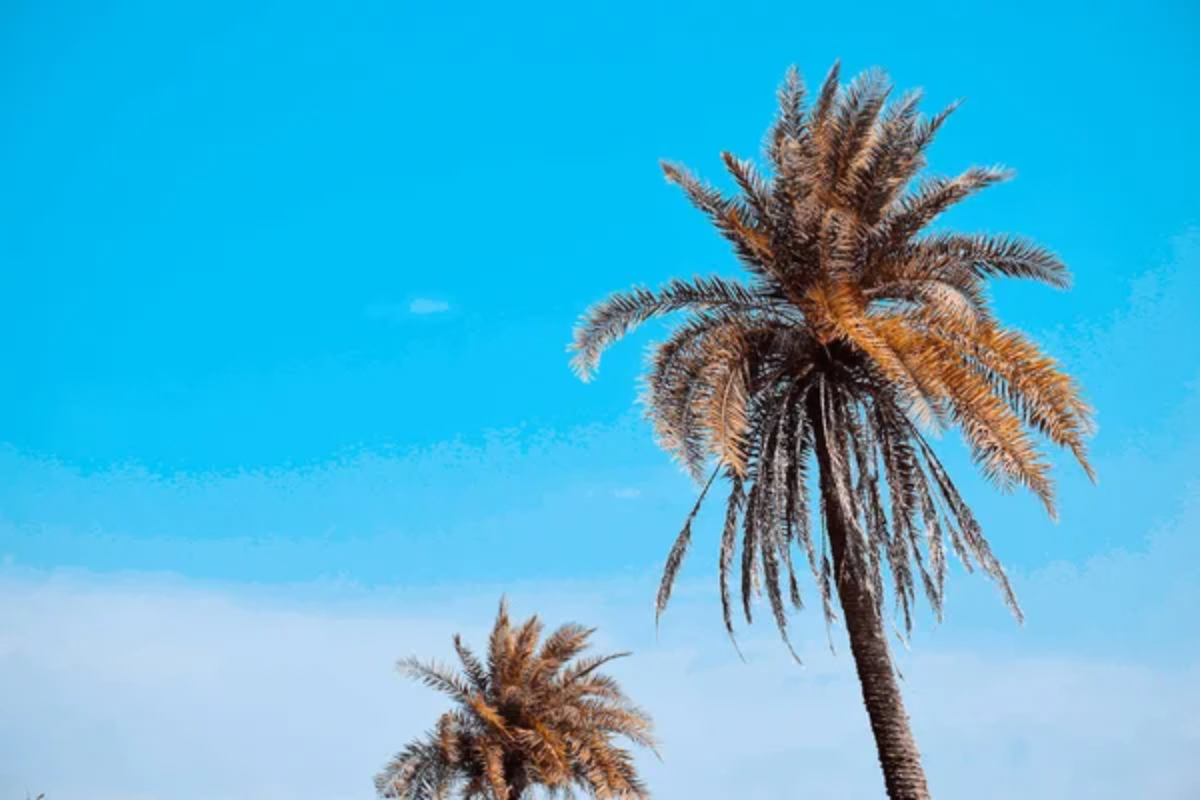
The date palm oases of southern Tunisia create microclimates that support entire agricultural ecosystems beneath their protective canopy. Farmers practice three-level cultivation, with date palms providing shade for fruit trees, which shelter vegetables and herbs at ground level.
Some oasis families maintain palm gardens cultivated for over 1,000 years, with specific trees designated as family heirlooms and passed down through multiple generations.
Ancient Water Harvesting
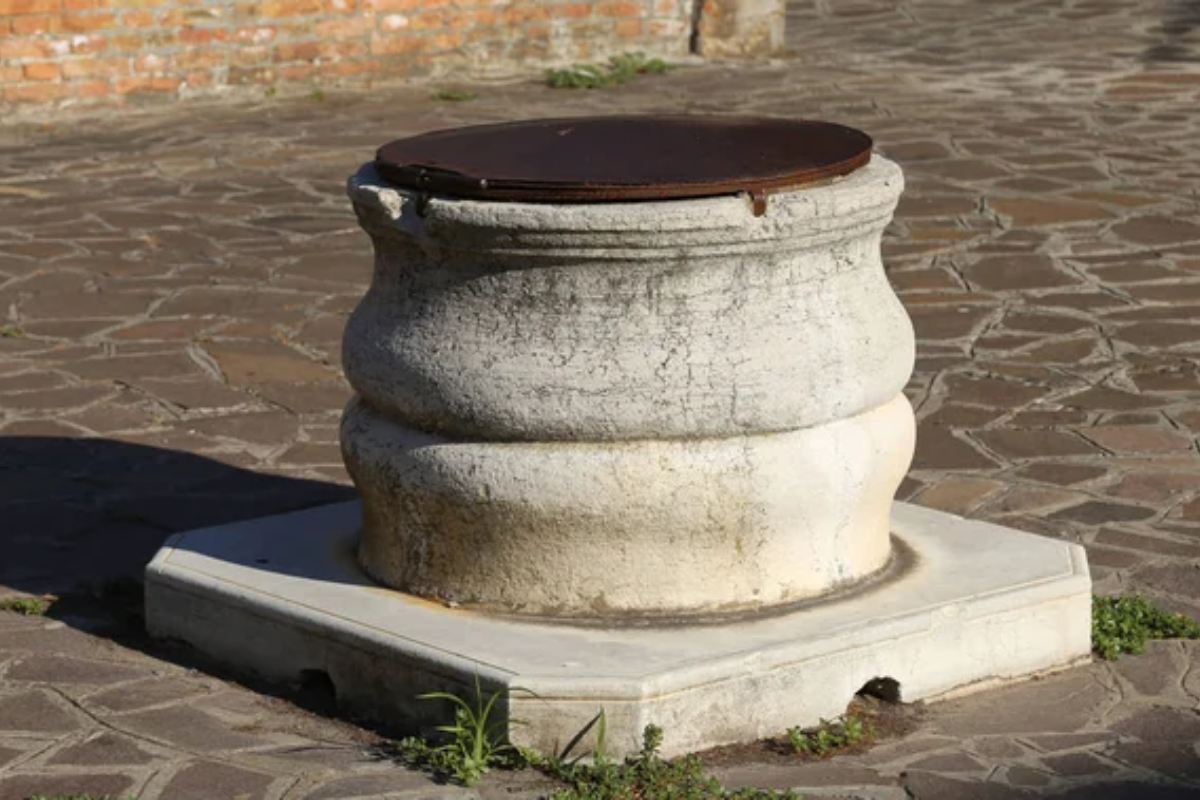
The ingenious water management systems developed by ancient Tunisians continue to function today in many rural areas. Underground aqueducts channel precious water from mountains to villages miles away, while specialized water courts once adjudicated disputes over this precious resource.
Some communities still employ a ‘water clock’ system where irrigation time is measured by water flowing through small openings in metal bowls—a practice dating back to Roman times.
Like Travel Pug’s content? Follow us on MSN.
Corbicula Fishing Traditions
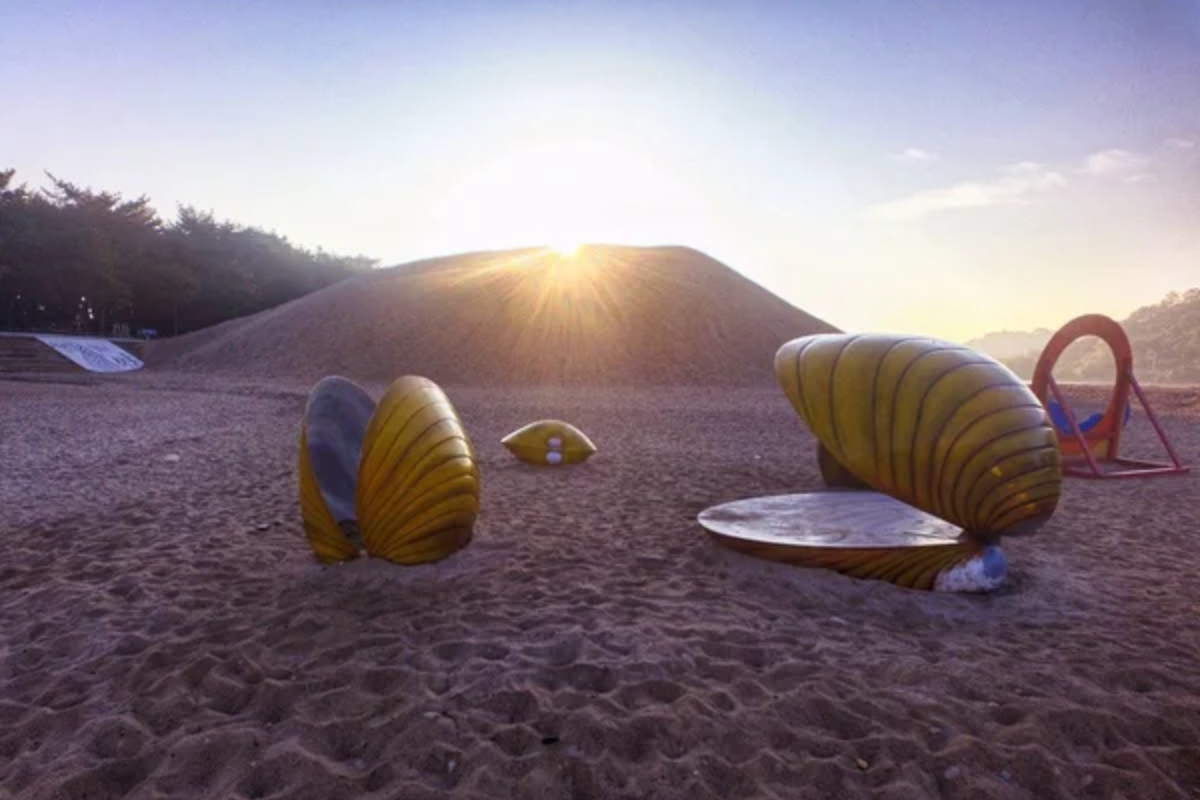
Along Tunisia’s eastern coast, fishermen practice the ancient art of corbicula gathering—wading chest-deep into coastal lagoons to harvest these small, edible clams using techniques unchanged for centuries. The harvesting follows strict sustainability practices established through generations of observation, with certain areas left untouched each season to ensure population recovery.
Local chefs transform these delicacies into dishes that blend Arab, Berber, and Mediterranean influences.
Festival of the Sahara
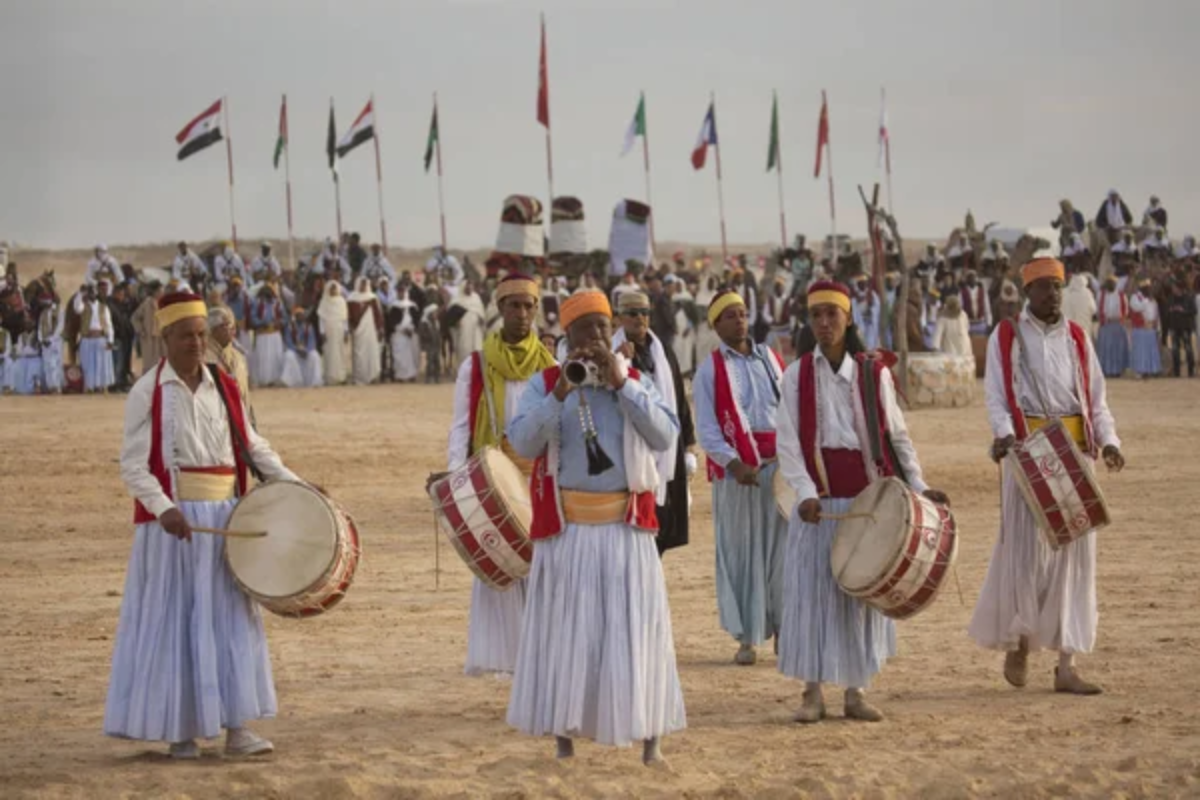
The annual Festival of the Sahara in Douz brings together desert communities for celebrations, including camel racing, Bedouin wedding reenactments, and traditional poetry competitions. Dating back over a century, the festival serves as cultural preservation and friendly competition between nomadic groups.
The mesmerizing ‘aqsqs al-jimal’ (camel dance) features trained camels moving in precise synchronization with traditional music—a skill that takes handlers years to perfect.
Pottery Villages
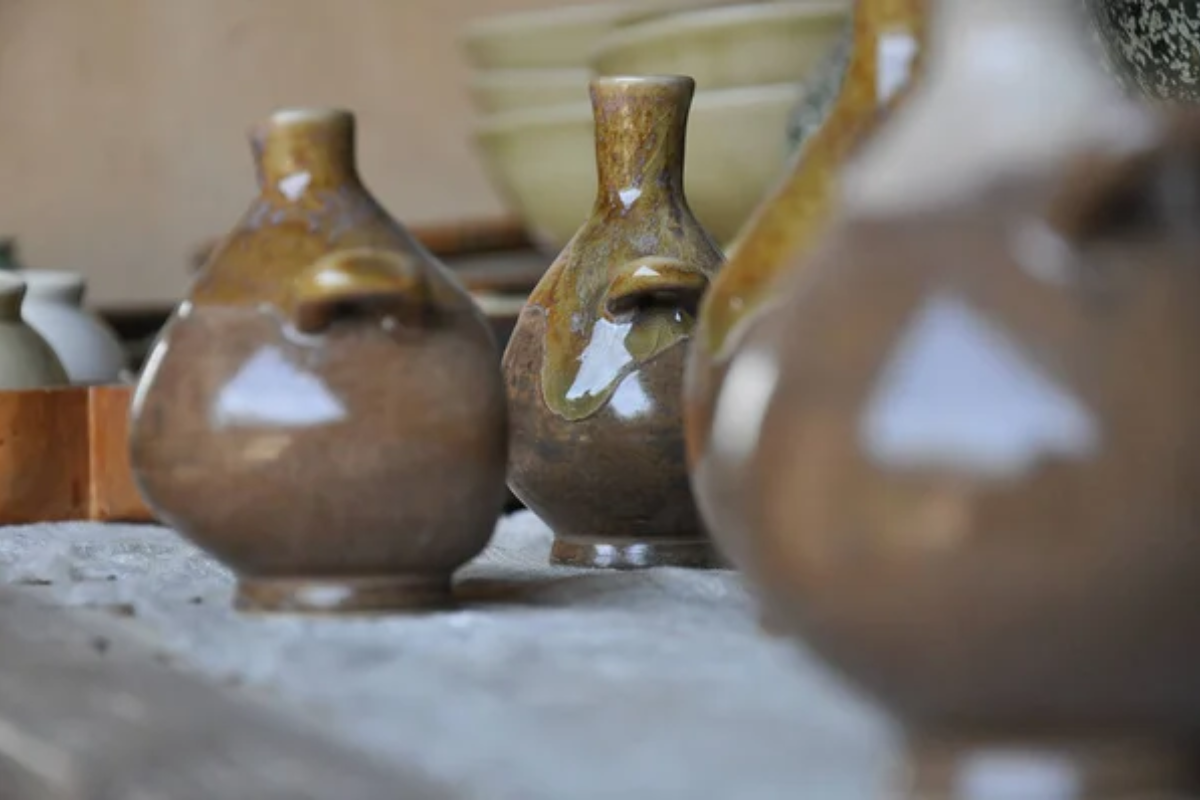
The pottery village of Sejnane showcases techniques that have remained unchanged since Neolithic times. Women artisans create distinctive black-and-white ceramics without wheels or modern tools. UNESCO recently recognized this tradition as an Intangible Cultural Heritage, acknowledging its 3,000-year historical continuity.
Each piece tells a story through symbolic patterns representing fertility, protection, or local landscapes, creating functional art that connects present-day Tunisia with its ancient past.
Like Travel Pug’s content? Follow us on MSN.
Cap Bon Farming Methods
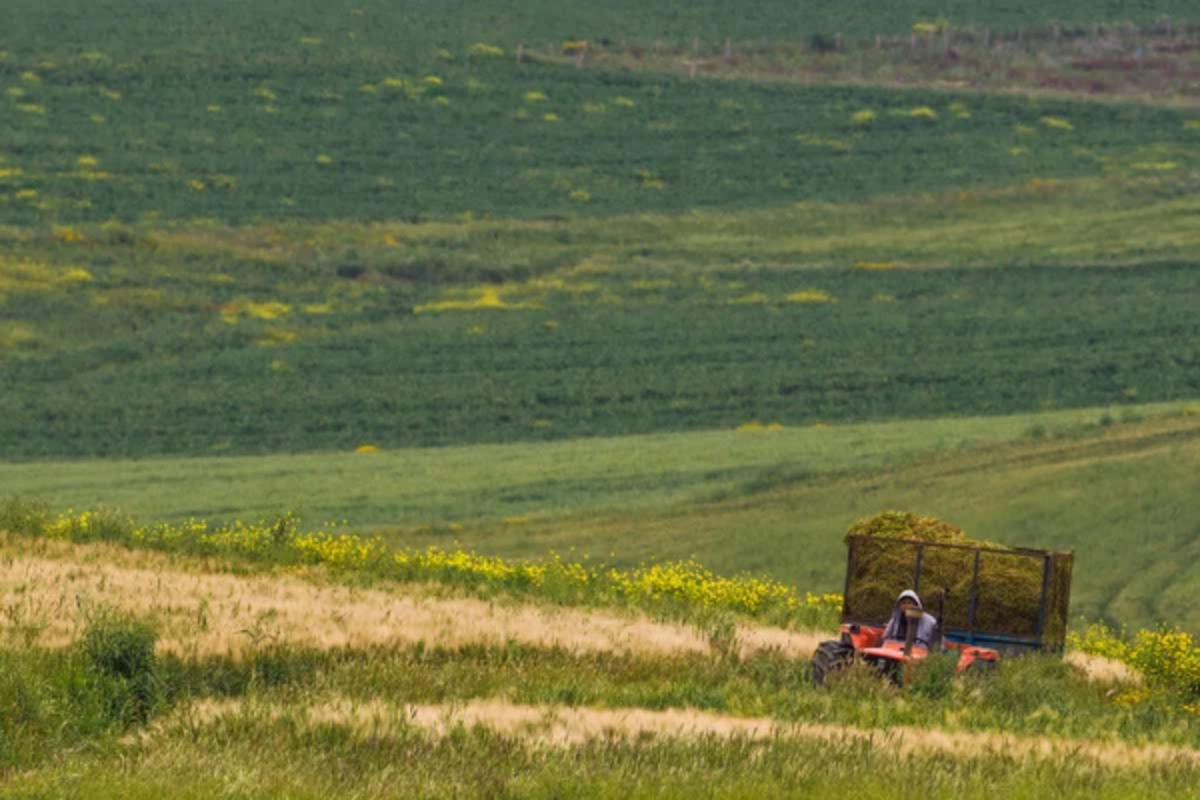
The fertile Cap Bon peninsula features unique agricultural traditions where families maintain small-scale farms using methods that promote biodiversity and soil health. The distinctive ‘meskia’ system alternates rows of fruit trees with vegetables to maximize limited space while naturally deterring pests.
Some families still use draft animals for plowing rather than machinery, believing this approach preserves soil quality and creates stronger connections to their land.
Andalusian Musical Heritage
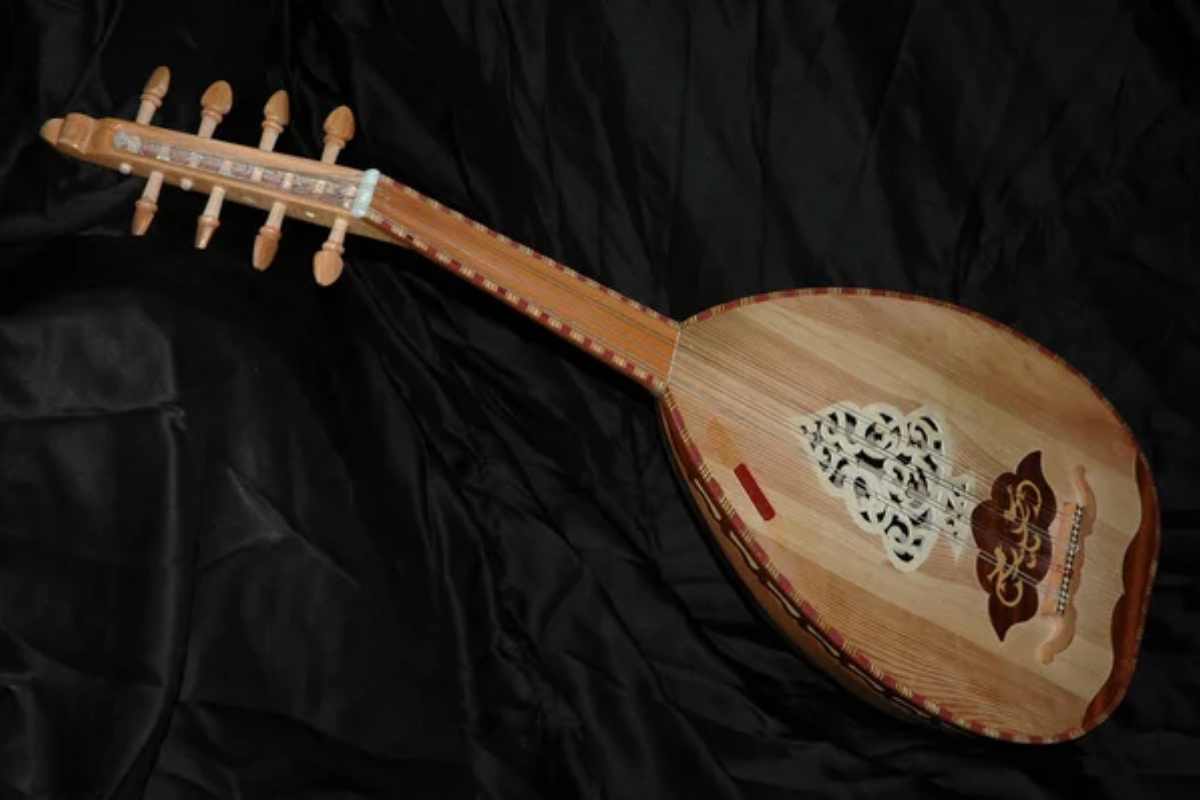
Tunisia preserves classical Andalusian music traditions that disappeared from Spain centuries ago following the expulsion of Muslims and Jews. Professional orchestras maintain this heritage through performances, calleNuba, ‘ which feature complex melodies played on traditional instruments like the oud and rebab.
Musicians train for decades to master the intricate improvisational techniques required by some compositions lasting over three hours when performed in their entirety.
Coastal Salt Flats
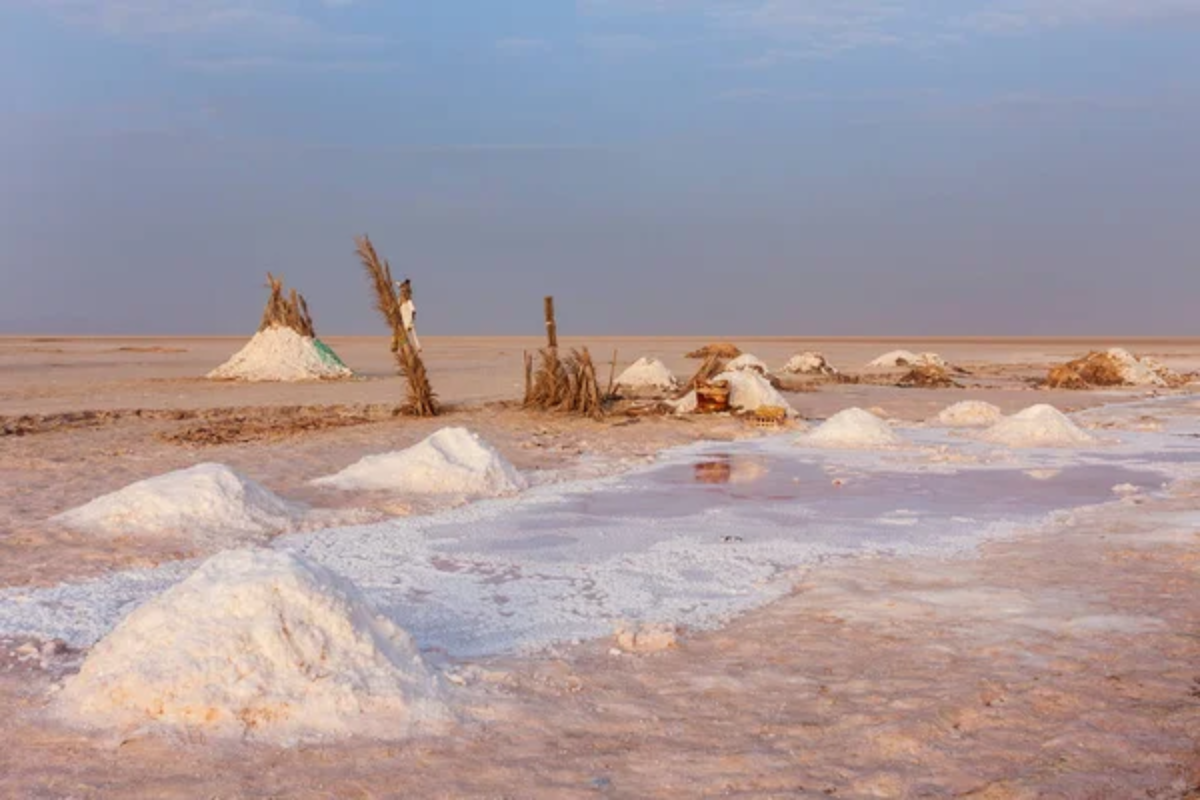
The pink salt flats near Sfax have been harvested since Carthaginian times using methods that rely entirely on natural evaporation and careful timing. Salt workers use wooden tools to avoid metal contamination, creating a premium product prized by gourmet chefs worldwide.
The dramatic color comes from microscopic algae that thrive in extremely saline environments. Harvesting is limited to specific months to maintain both quality and ecological balance.
Like Travel Pug’s content? Follow us on MSN.
Roman Olive Presses
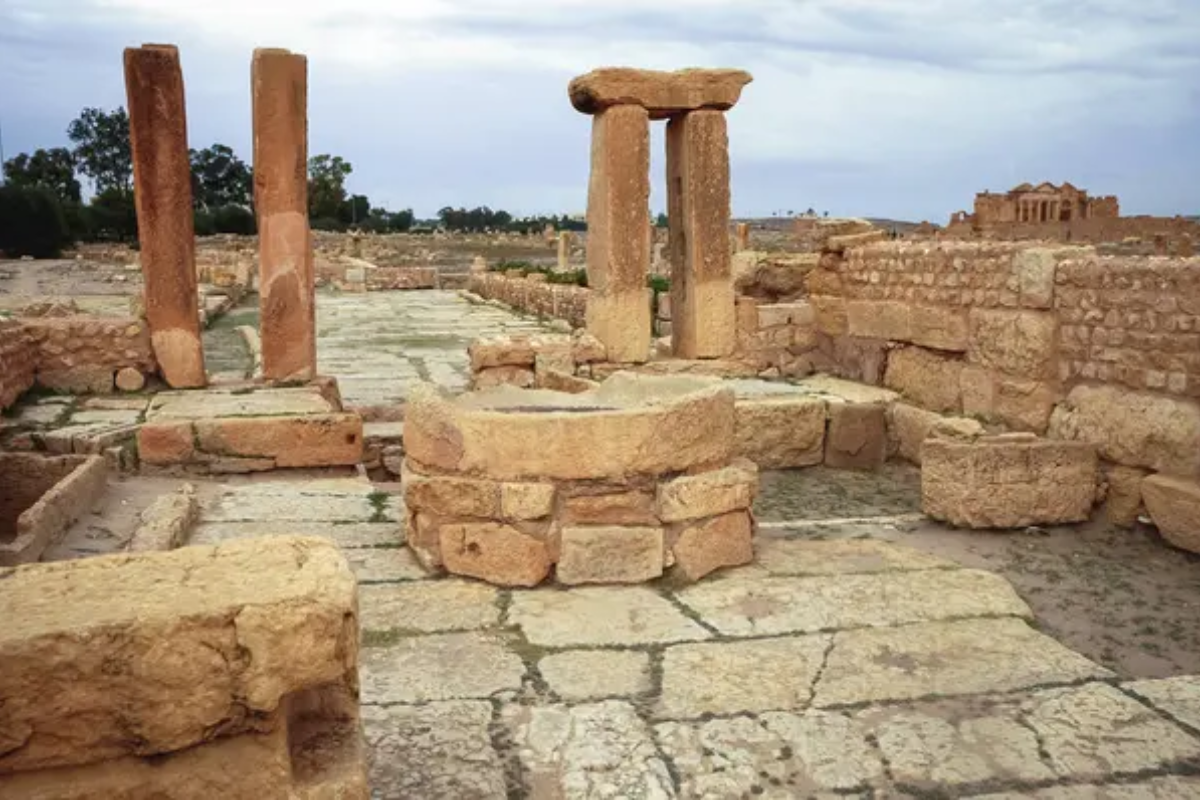
Functioning olive presses built during Roman times can still be found in Tunisia’s countryside, with some communities maintaining these ancient mechanisms for special ceremonial pressings. These massive stone contraptions use the same principles of physics employed 2,000 years ago, relying on counterweights and leverage to extract oil.
Annual cleaning and blessing rituals mark the beginning of each harvest season, connecting present-day farmers with practices established by their distant ancestors.
Sufi Healing Traditions
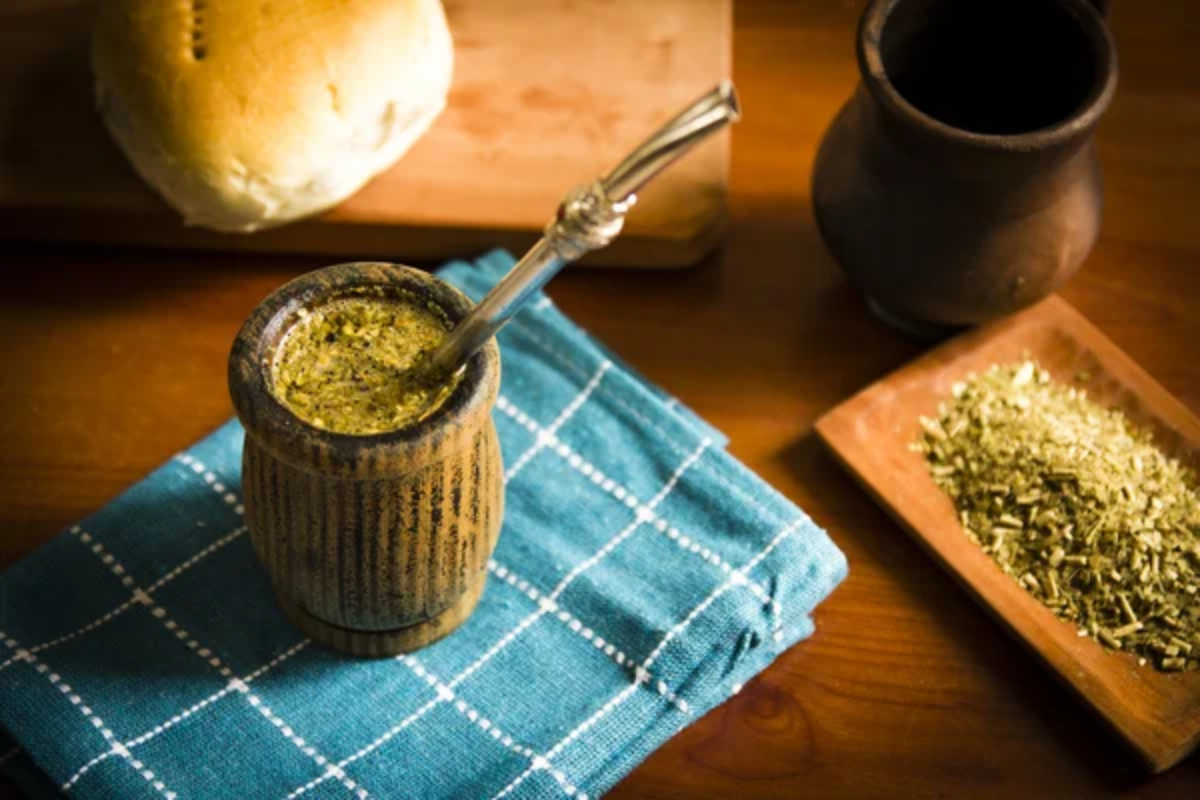
Remote Tunisian villages maintain Sufi healing practices that blend orthodox Islamic principles with local traditions developed over centuries. Traditional healers prepare botanical remedies according to the lunar calendar, using plants harvested from specific mountainous regions known for their medicinal properties.
Treatment often incorporates rhythmic music and movement to restore balance between body and spirit, creating an approach that addresses physical symptoms and emotional well-being.
Medina Workshop Quarters
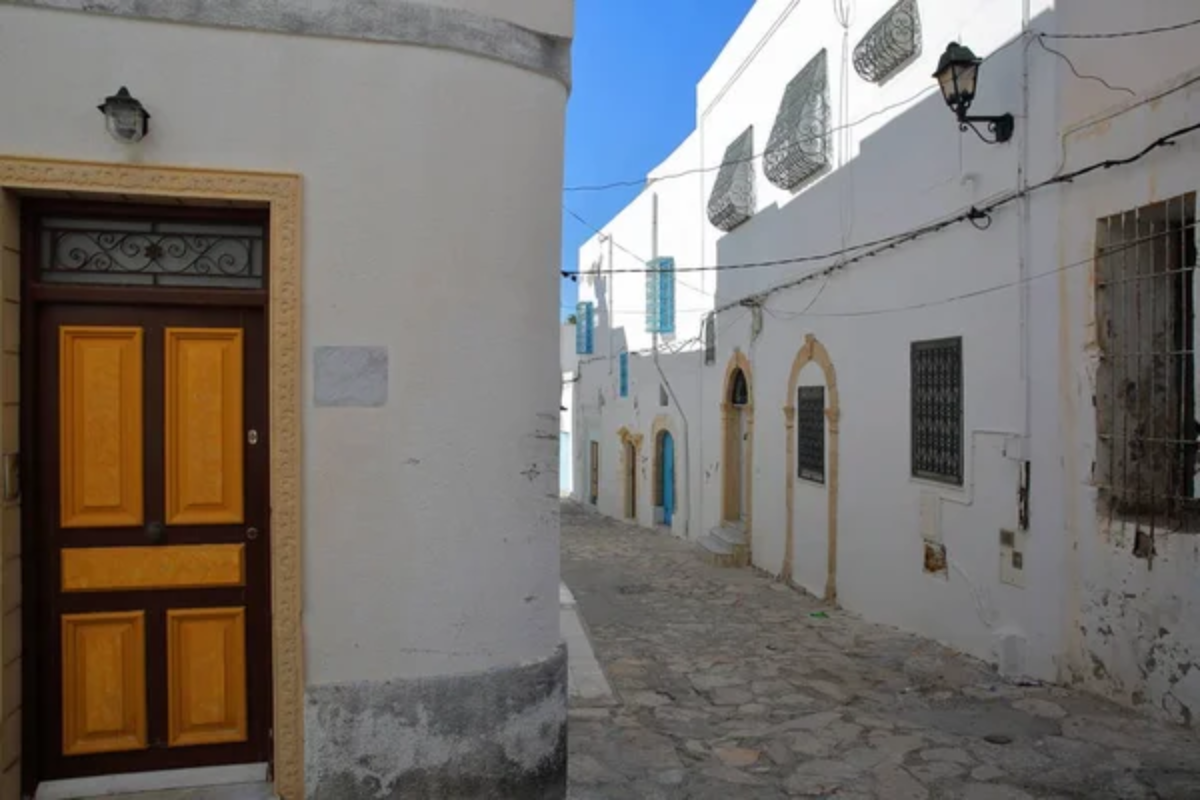
The ancient medinas maintain traditional guild systems where specific quarters are dedicated to individual crafts, creating a living museum of artisanal production. The Tunis medina’s metalworking district is where metalsmiths have worked continuously since the 13th century.
Many workshops operate as family collectives where master craftspeople train apprentices through years of guided practice, preserving techniques that pre-date modern manufacturing.
Like Travel Pug’s content? Follow us on MSN.
Desert Astronomical Knowledge

Tunisian desert guides have incredible astronomical wisdom inherited from generations of nomadic travel. Such specialists can navigate with incredible precision based on the position of stars, recognizing dozens of stars by their ancient Arabic names instead of scientific ones.
Some families keep old star calendars, which forecast changes in seasons with incredible accuracy, and apply this information to plan agricultural work and migration routes.
Calligraphy Schools

Tunisia maintains traditional calligraphy styles that combine Kufic, Andalusian, and Ottoman features into distinct North African forms. Artists apprenticed for decades before gaining a reputation, specializing in certain proportional systems that control the relationship of letters.
This art extends beyond religious works to architectural ornaments, legal scripts, and even protective charms, with certain scripts thought to possess certain spiritual qualities.
Coastal Fishing Rituals

Fishing communities along Tunisia’s 800-mile coastline maintain pre-fishing ceremonies that blend Islamic prayers with older traditions dating to Phoenician times. Many boats feature hand-painted eyes on their prows—a design element inherited from ancient Mediterranean cultures that believed these symbols helped vessels find abundant fishing grounds.
Some coastal communities still practice ceremonial first catches of the season, where initial harvests are shared communally among all village families regardless of who caught the fish.
Like Travel Pug’s content? Follow us on MSN.
Living Heritage
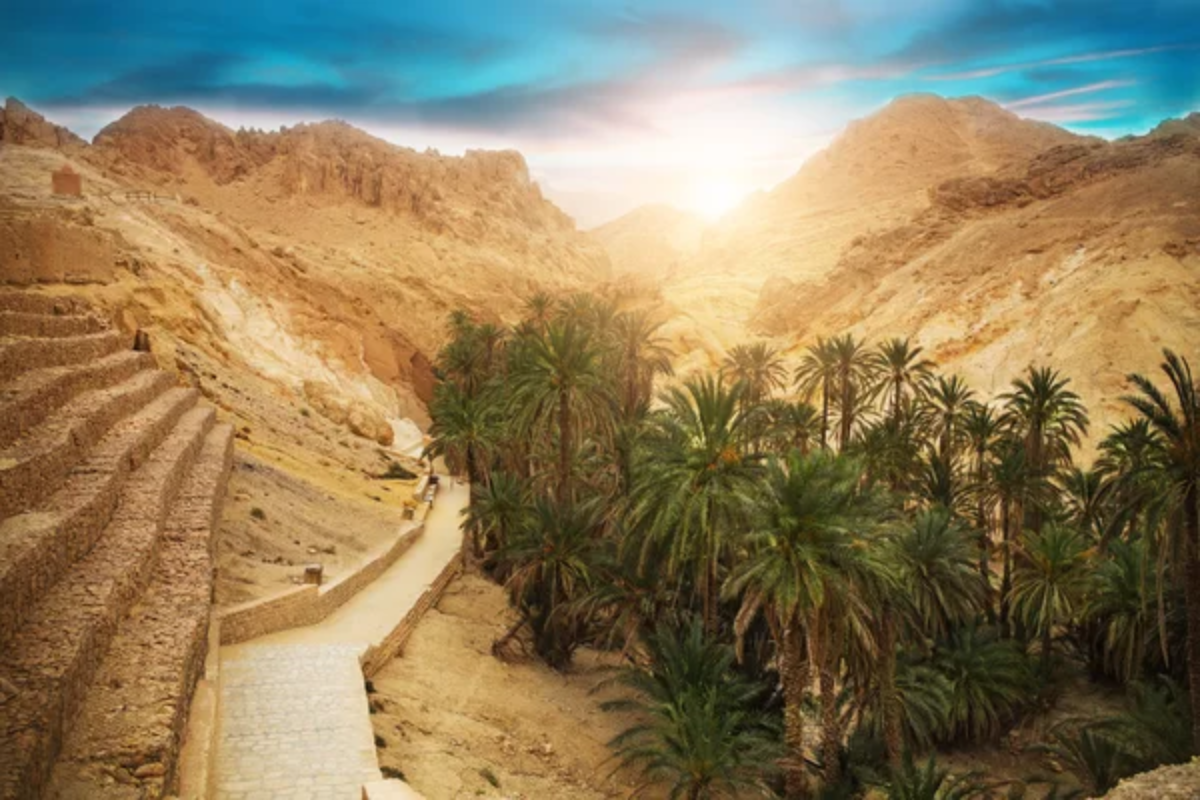
Tunisia illustrates how cultural customs keep the past alive and construct the present and future through ongoing adaptation. These living customs are a testament to the strength of Tunisian society, which has incorporated various influences while maintaining its unique cultural essence.
More from Travel Pug

- 20 Towns Built for One Purpose That Were Later Abandoned
- 15 Hidden Spots in Disney World’s Magic Kingdom Most Visitors Miss
- 20 Once-Popular Beach Towns That Are Now Ghostly Empty
- 15 Canyons in the U.S. That Are Just as Stunning as the Grand Canyon
- 10 Under-the-Radar Mountain Towns That Are Both Affordable and Beautiful
Like Travel Pug’s content? Follow us on MSN.
